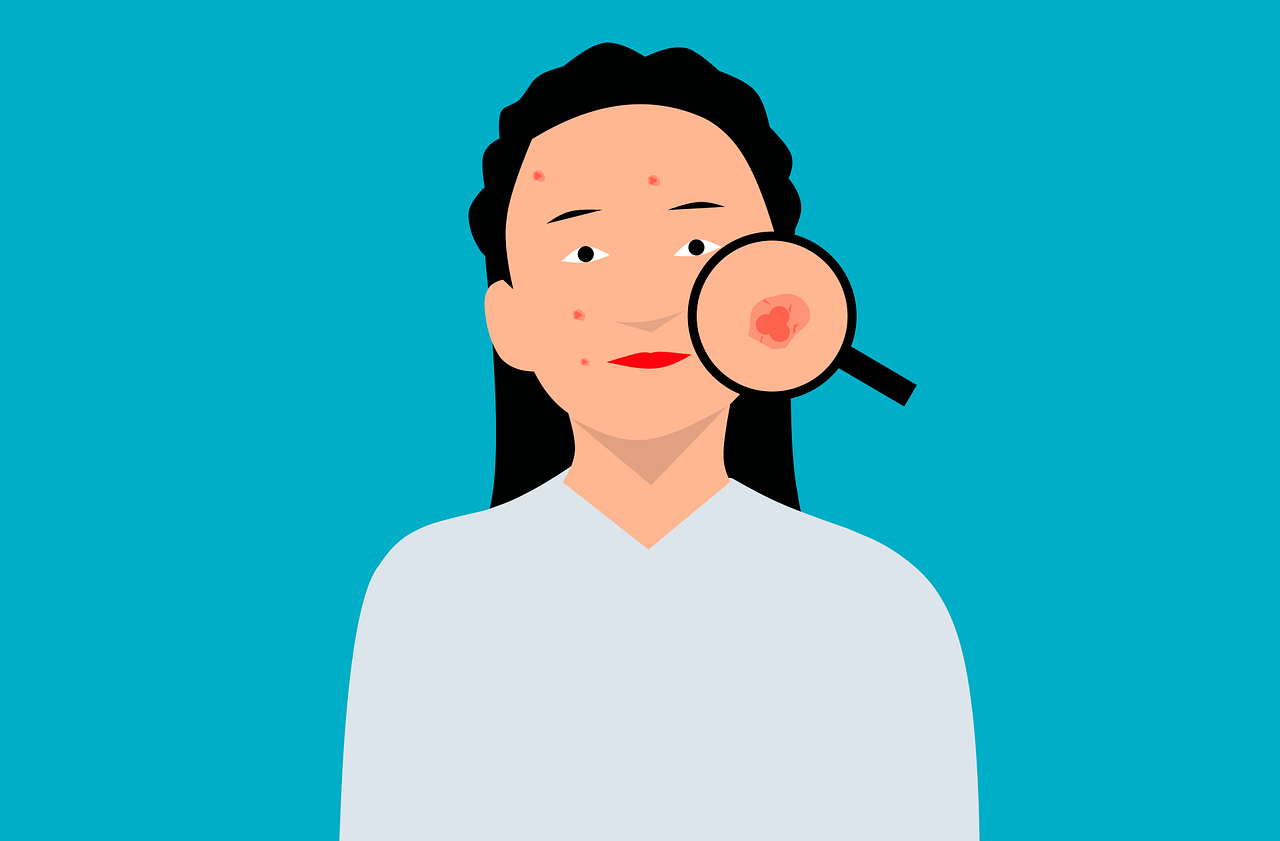
Measles is characterized by the appearance of spots on the skin.
Measles is a notion that has its etymological origin in the Latin word sirimpĭo . It is a disease that is characterized by the appearance of spots on the skin . Contagious in nature, this condition causes coughing , sneezing , fever and redness in the eyes .
Measles causes the development of exanthema (a rash that appears suddenly). That is why this disease shares certain characteristics with chickenpox and rubella , for example.
Causes of measles
The cause of measles is a virus , which generally enters the body through the respiratory tract. The person incubates the disease without symptoms for a period that can last between four and twelve days.
Once symptoms become present and a rash develops, the individual can spread measles for up to about five days.
The symptoms
To diagnose measles, doctors usually take into account the appearance of these symptoms along with the persistence of fever for three or more days. If the person has so-called Koplik spots , on the other hand, the disease can also be diagnosed. Another option is to resort to a laboratory analysis .
The appearance of the skin rash , the most visible sign of measles, occurs approximately between the third and fifth day after the first symptoms, and the spots can last up to a week. Although this is not always the case, it is normal for the rash to start on the head and then move down the entire body. In some people it appears as discoloration in flat areas (called macules ), while in others, the spots are found in small red bumps ( papules ).
Pruritus is another of the typical symptoms of this disease, as well as photophobia (abnormal sensitivity to light), muscle pain, rhinorrhea (excessive emission of fluid from the nasal passages, generally due to an increase in mucus secretion) and sore throat. In short, it is a minor disorder but it causes great discomfort, especially if it appears during hot weather, since rest becomes more difficult.

Vaccination is the most effective method to prevent measles.
Measles vaccine
Measles can be transmitted via direct contact or through fluid droplets spread by the patient when speaking, sneezing or coughing. Although the disease can be prevented with a vaccine , there is no concrete treatment for the disorder once it develops.
It is important to highlight the effectiveness of the measles vaccine, since it is the most effective method to prevent its appearance ; in fact, not receiving it puts the person at very high risk of contracting it. On the other hand, the consumption of immunoglobulin within a period of no more than six days after being exposed to the virus is also effective to reduce the risk of contagion , or so that its effect is not so severe.
Possible treatments
Generally, measles does not cause major health complications and is usually cured with rest . Certain products, such as paracetamol, and practices such as vaporization also help, all with the simple goal of making the symptoms more tolerable. In some cases, especially in adults, it can be complicated by the development of encephalitis or pneumonia .
In the presence of the aforementioned symptoms, it is recommended to visit the doctor to know exactly how to proceed, especially if the patients are children, since they may require a vitamin A booster with great urgency. Among the most common tests and examinations to evaluate a possible case of measles are viral culture and serology (a blood sample is studied to detect the presence of antibodies in the body).
